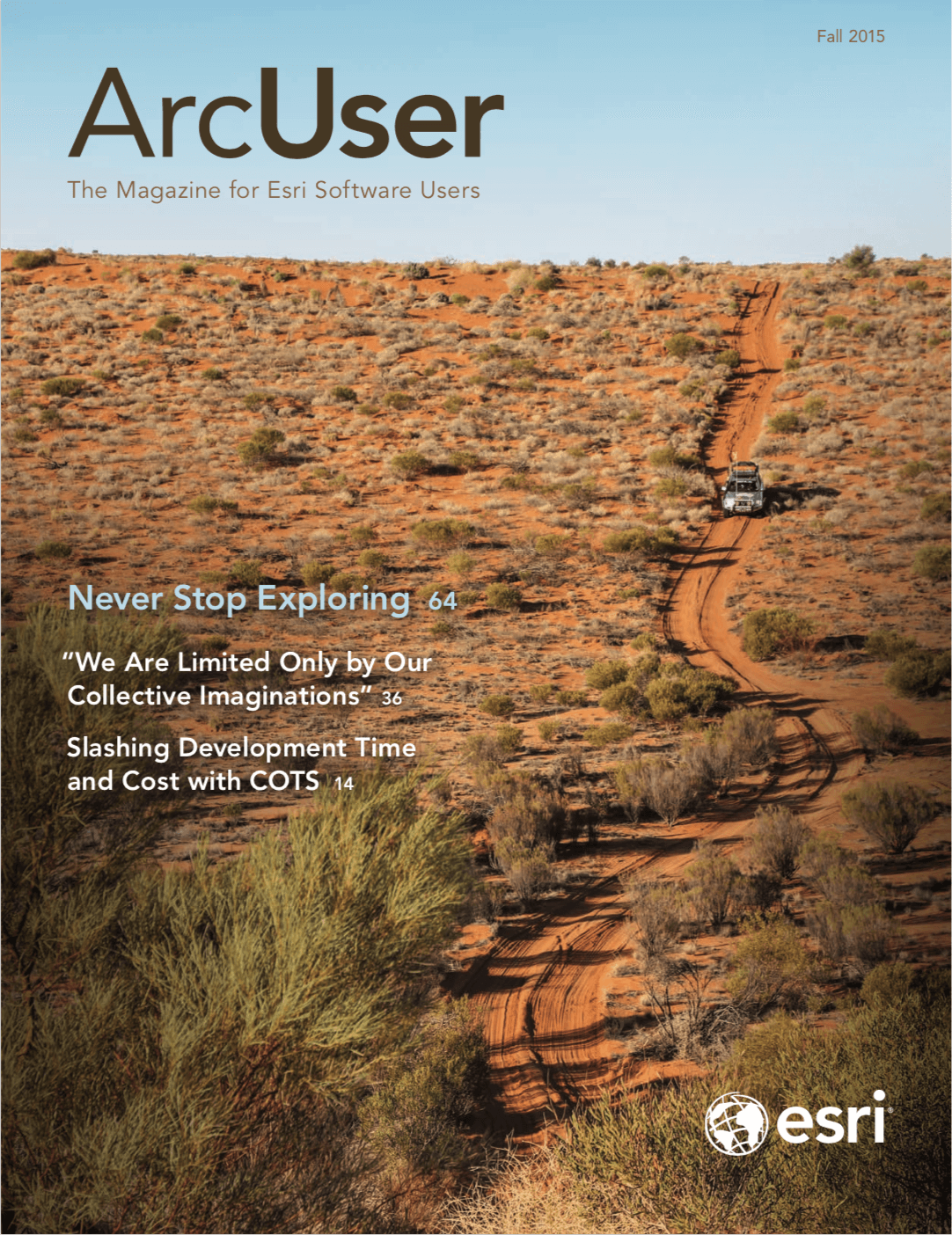“Embrace your new role,” was the unofficial theme of the 2015 GIS Managers Summit. This “unconference” within the Esri User Conference was held in San Diego on July 21, 2015.

The Summit began in 2010 as a way for GIS managers, leaders, and decision makers from public and private organizations to connect, share insights, and discover ways to be more successful. While the user conference focuses on the technical side of implementing GIS, the summit concentrates on the nontechnical aspects of growing GIS in an organization that are just as important.
These include developing a vision for the role of GIS and providing the leadership required to realize that vision. Because GIS has moved from a niche technology to information infrastructure, the role of the GIS manager has changed from a reactive to a proactive one.
The agenda for the GIS Managers Summit is peer driven. For most of the day, presentations by GIS managers and Esri staff alternated with networking sessions. The last hour and a half was devoted to round table discussions and a final panel discussion.
Presenters Wade Kloos, Bryan Zumwalt, and Gary Maguire shared the experience they had accumulated over decades in the field. Kloos, currently the GIS director at the Utah Department of Natural Resources, has worked in GIS since 1990 in various capacities. In his presentation, “Increasing GIS Significance: What GIS Managers Can Do to Maximize GIS Results,” Kloos urged managers to adopt practices that will improve their visibility in the organization by understanding and addressing the mission, priorities, and pain points in their organizations and using spatial solutions to solve the problems their executives face.
Bryan Zumwalt, GISP, is the enterprise GIS manager for Pinellas County, Florida. He has more than 12 years of experience in the field. He talked about the things that have made the GIS program in his county successful and outlined some best practices in “Management Support of GIS.”
Gary Maguire, manager of business and location intelligence services at the South Australia Department for Communities and Social Inclusion (DCSI), is a regular speaker at conferences on leadership, technology, and innovation. His presentation, “Tapping the Strategic Potential of GIS,” focused on strategies for turning the audience’s dreams of changing the world into reality through formulating a business plan and GIS strategy and obtaining executive endorsement.
The last session of the day gave attendees an opportunity to choose the topics they wanted to discuss during the round table groups. Although there were 14 suggested topics for discussion, the findings of the groups returned to these themes:
- Having a vision and having the confidence to pursue it
- Building relationships throughout the organization but especially with the executive level
- Understanding the business processes of the organization
- Identifying the data that is needed, procuring it, and maintaining it
- Using COTS solutions whenever possible
- Educating everyone about the value of GIS
- Realizing that there are no great apps without great data
Join in the Discussion
Whether or not you were able to participate in the 2015 GIS Managers Summit, you can continue to interact with your peers online through the Managers in GIS LinkedIn group. Read discussions and posts on topics related to both technology and management. Send a request to become one of the group’s more than 2,000 members.

